Hindenburg D-LZ 129 LZ129 Airship
Production Time 9 to 10 weeks
Shipment is by FedEx, UPS or DHL International Express Courier with a normal door-to-door delivery time worldwide of within 2-3 business days after dispatch. Due to the current volatility of world fuel prices, the amount mentioned here is our best estimate for DHL and UPS and may be subject to change at the time of shipping.

Model Description: Hindenburg D-LZ 129 LZ129 Airship Wood Replica Scale Custom Model Airship
Manufacturer: Deutsche Zeppelin-Reederei
Wingspan: 2.69 Inches (6.8 Centimeters)
Height: 2.69 Inches (6.8 Centimeters)
Scale: 1:603
Registration: D-LZ129
$209.50
Production Time 9 to 10 weeks
-
United States dollar ($)
-
Pound sterling (£)
-
Euro (€)
-
Australian dollar ($)
-
Canadian dollar ($)
-
Singapore dollar ($)
-
Swiss franc (CHF)
-
Japanese yen (¥)
-
Danish krone (kr.)
-
Hong Kong dollar ($)
-
Norwegian krone (kr)
-
Swedish krona (kr)
-
United Arab Emirates dirham (د.إ)
General Product Description
Our PlaneArts Hindenburg D-LZ 129 LZ129 Airship model exhibits unique, unrivaled quality and detailed design to come as close as possible to the accuracy of the actual airship. It comes as standard with a robust, durable base or stand which is available in a variety of different finishes designed to match your own personal requirements including solid wood, wood with polished metal supports or adjustable wood wall mount and will be ready within about 9-10 weeks from placement of order.
The Hindenburg D-LZ 129 LZ129 Airship is made of the finest kiln dried renewable mahogany wood (commonly known as Lauan or Meranti) which has undergone many stages of carving and meticulous and careful sanding giving the beautiful, finished museum quality masterpiece. Many collectors and model connoisseurs demonstrate their preference for genuine handmade and hand painted mahogany wood models rather than plastic or die cast (diecast) alternatives due to the overall look and totally different feel of the item - we trust you will find the same. We can however, if required produce the same model in Solid Cast Resin so just click and contact us for further information. Our craftsmen and gifted artisans ensure that our finely handcrafted model airplanes match the precise blueprint details of the original aircraft. The paint scheme, markings and parts are closely matched, reflecting the original aircraft. This stylish top-quality desktop replica model will surely enthrall anyone who receives this as a gift and for sure one of the most appropriate and desirably collectable gifts for any aviation enthusiast and avid airship, blimp or dirigible collector whilst also displaying a perfect resemblance to the actual real life version.
If you require we can also make the Hindenburg D-LZ 129 LZ129 Airship model in any other airline, private livery or colour scheme you require and if necessary in a different size or scale. Just click here to contact us with a description or photographs of what you require and we will let you have a quotation for the necessary customization by return email. We can also make bespoke scale replicas of any other private / civil commercial airliner or airliners, helicopter, glider, gliders with engines, military jet, warplane jets, propeller warplanes, biplane, triplane, tail fin, spacecraft, rocket or NASA model you require in any airline, military or civilian livery or colors. We also produce boat and ship collectibles. Wall plaque or seal for military, government or private customers. Again by clicking here to contact us just let us know exactly what you need.
The Hindenburg D-LZ 129 Airship: A Marvel of Aviation Engineering
The Hindenburg D-LZ 129 airship remains one of the most iconic and enigmatic flying machines in aviation history. It symbolizes both the zenith of airship technology and a tragic cautionary tale about the risks of such innovation. In this article, we delve into the key technical specifications of the Hindenburg, exploring what made it a marvel of its time.
Overview:
Constructed by the German Zeppelin Company, the Hindenburg was a giant of the skies, primarily designed for transatlantic flights. It made its maiden voyage in March 1936, capturing global attention. This airship was part of the LZ-129 class, a series that marked a significant leap in airship design and capabilities.
Dimensions and Structure:
The Hindenburg measured approximately 245 meters (803 feet) in length and 41 meters (135 feet) in diameter, making it the largest airship ever built at the time. It had a gas volume of about 200,000 cubic meters (7,062,000 cubic feet), which allowed it to float by utilizing hydrogen gas, known for its excellent lifting capabilities but also notorious for its flammability.
The structure of the Hindenburg was a mesh of duralumin girders, a lightweight yet sturdy aluminum alloy. This frame supported the outer skin made of cotton fabric, which was doped with a mixture of reflective and inflammable materials, intended to protect the airship from temperature variations and weather conditions.
Propulsion and Speed:
Powered by four Daimler-Benz DB 602 V-16 diesel engines, each capable of producing 1,200 horsepower, the Hindenburg was a formidable machine. These engines were among the first high-powered diesel engines used in airship travel, chosen for their efficiency and lower fire risk compared to gasoline engines. The airship could cruise at speeds up to 125 kilometers per hour (78 miles per hour), with a top speed of approximately 135 kilometers per hour (84 miles per hour).
Passenger Capacity and Amenities:
The Hindenburg was designed to carry 50 crew members and up to 72 passengers in luxurious accommodations. The airship featured sleeping quarters, a dining room, a lounge, and even a promenade with windows offering panoramic views of the skies. Its interiors were elegantly appointed, designed to mimic the comfort and style of ocean liners.
Navigation and Safety:
Navigation was conducted from the control car located beneath the hull, which housed the crew and the essential navigational equipment. Despite the emphasis on luxury and performance, safety was a significant concern. The Hindenburg was equipped with multiple safety features, including gas cells made of goldbeater’s skin (intestine membranes) which were less porous and more robust than those used in earlier models.
The End of an Era:
The Hindenburg met its tragic fate on May 6, 1937, when it caught fire while attempting to dock at the Naval Air Station Lakehurst in New Jersey. This disaster, captured on film and broadcast around the world, marked the beginning of the end for the era of passenger-carrying airships.
Legacy:
Despite its tragic end, the Hindenburg remains a symbol of human ambition and technological achievement. Its design and capabilities were far ahead of its time, showcasing what was possible in aviation with the materials and knowledge of the early 20th century. The Hindenburg disaster also led to significant advancements in safety protocols and materials science, impacting not just airships but all facets of aerial transport.
The Hindenburg D-LZ 129 was more than just an airship; it was a floating ambassador of a bygone era of grandeur and a testament to the limits of human ingenuity and the perpetual drive toward progress in aviation.
| Weight | 6 kg |
|---|---|
| Dimensions | 16 × 2.69 × 2.69 in |

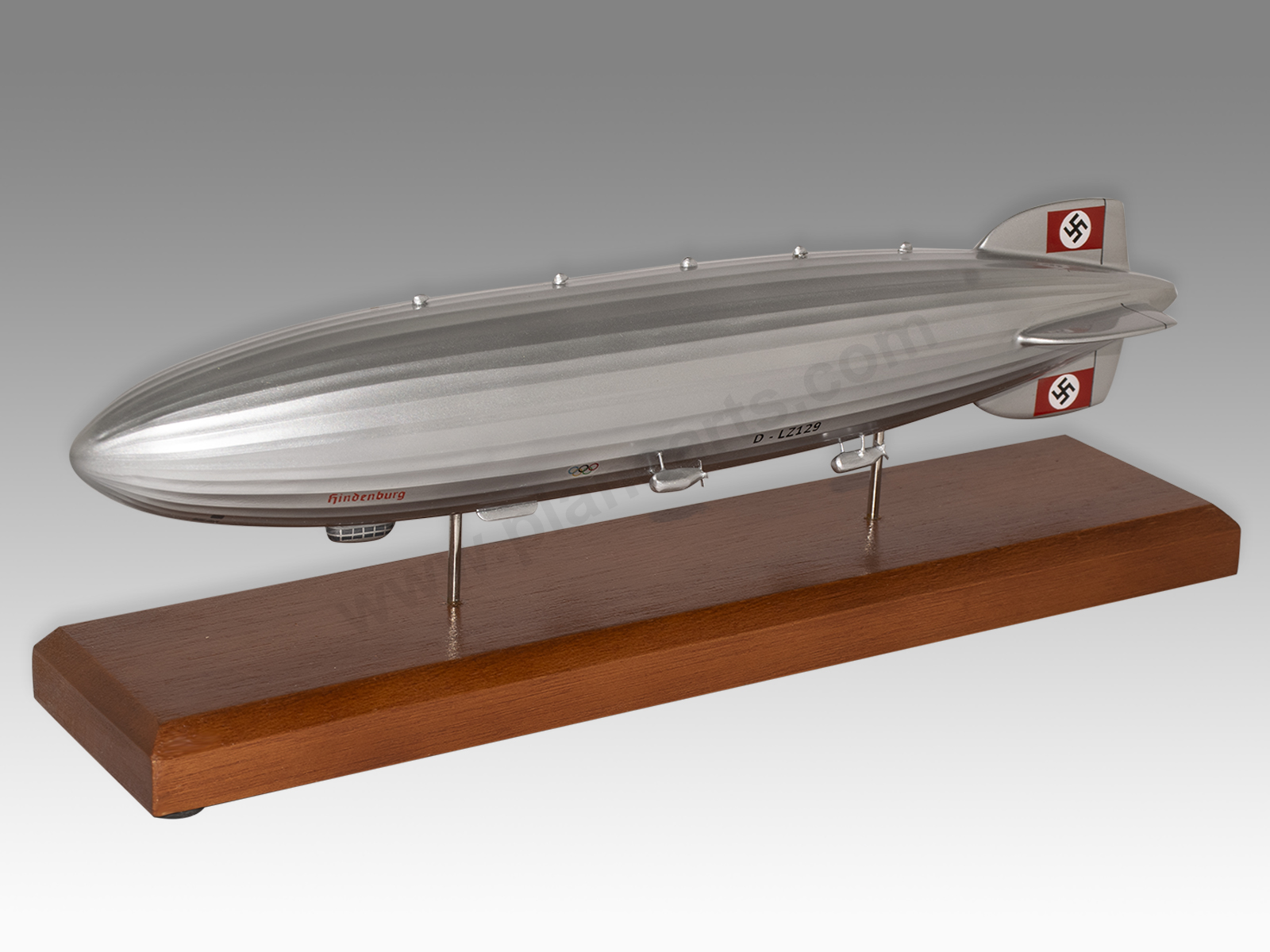

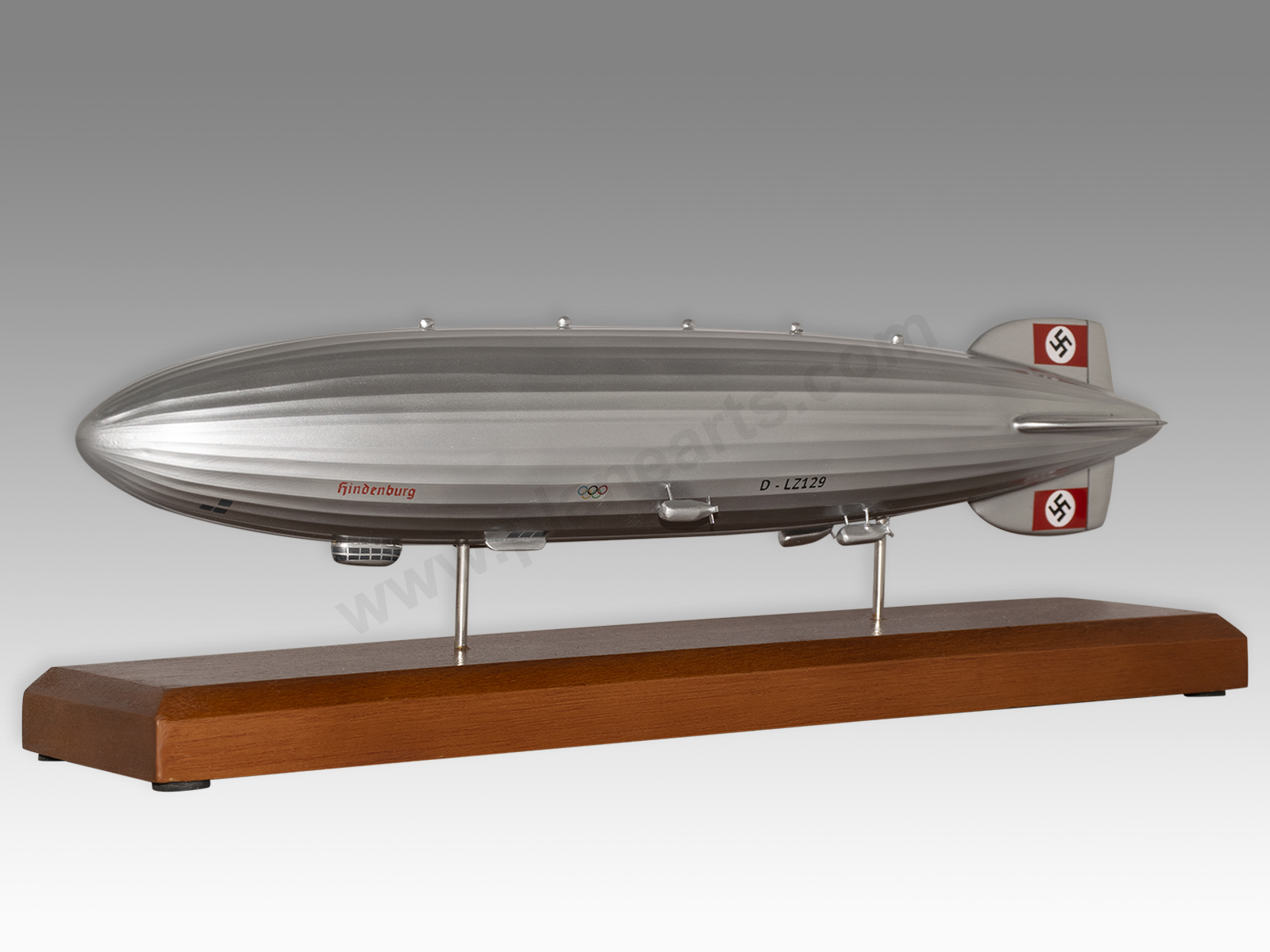
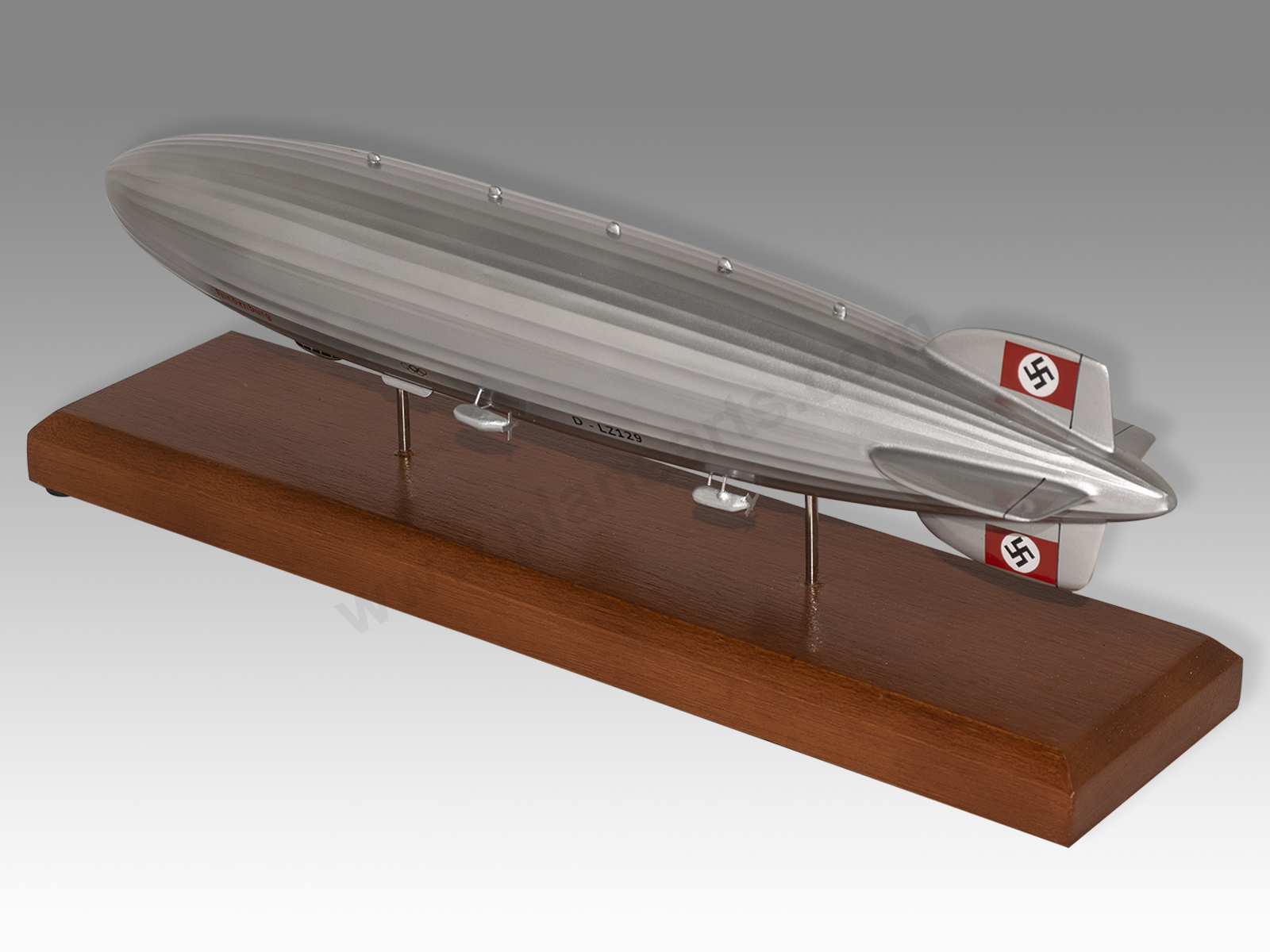
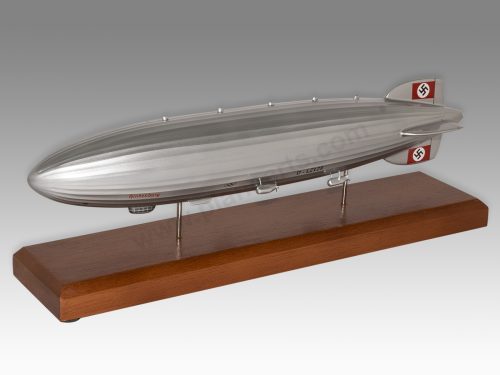
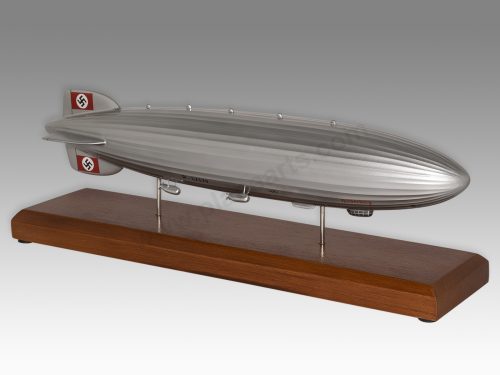
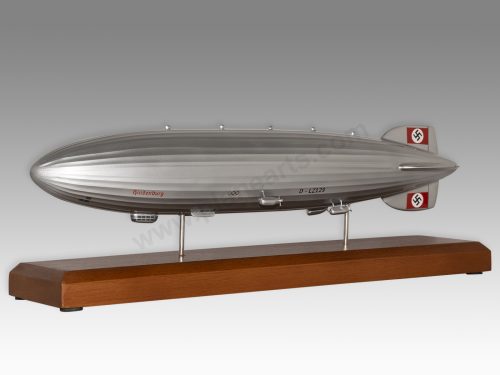

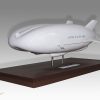
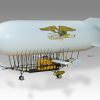
Reviews
There are no reviews yet.